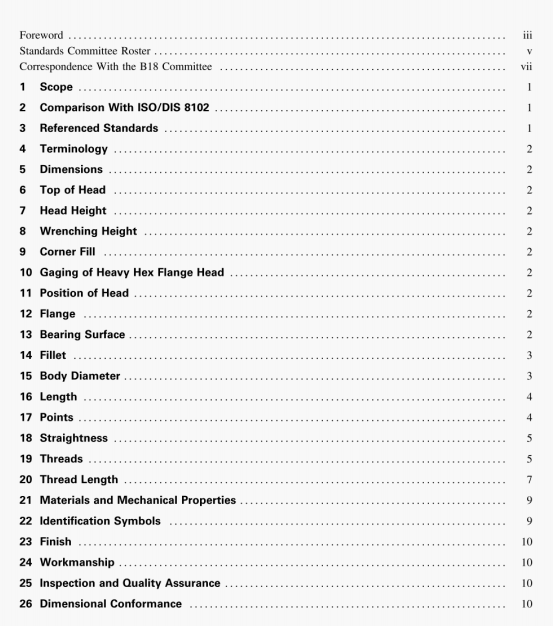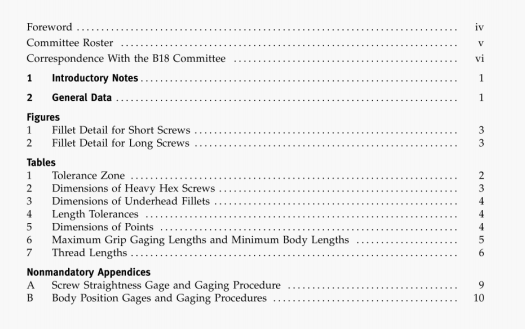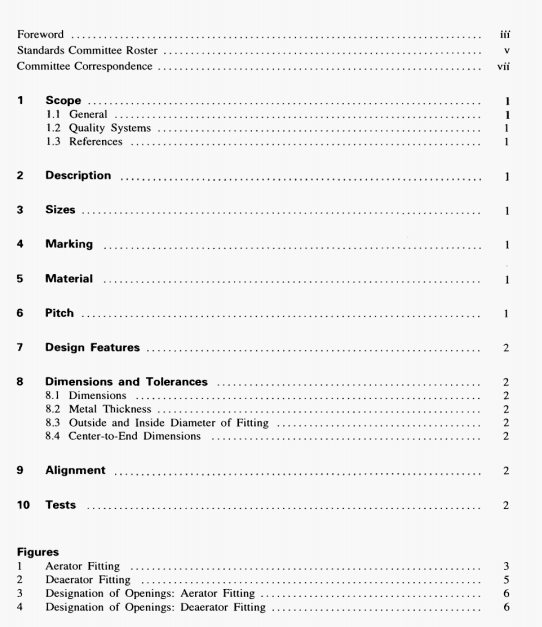Abstract: ASME MFC-11:2006 pdf download.Measurement of Fluid Flow by Means of Coriolis Mass Flowmeters. NOTE. The temperature measured in the CctluIIs flow nwter that of the iseilLiting tube walls and may not be the same as the process fluid temperat...
ASME MFC-11:2006 pdf download.Measurement of Fluid Flow by Means of Coriolis Mass Flowmeters.
NOTE. The temperature measured in the CctluIIs flow nwter that of the iseilLiting tube walls and may not be the same as the process fluid temperature.
3.3.4 Pressure. Conolis flow sensor designs vary significantly between manufacturers and even within the designs of a single
manufacturer. Some designs or flow sensor sizes may be more susceptible to pressure effects than other designs Thus, It is not
possible to herein describe specific installation recommendations. Check with the manufacturer for recommendations and procedures
to adjust the calibration factors or enable active compensation for pressure ettects.
Pressure changes can also induce an offset in the Coriolis flowmeter output at zero flow. This effect may be eliminated by
performing a zero adjustment (see para. 3,4) at the process presstare.
3.33 InstalLation. Stresses eserted on the flow sensor from the surrounding pipe work can introduce an offset in the Coriolis
llowmeter output at zero flow This offset should be checked after the initial installation or after any subsequent change in the installation. A zero adjustment (see para. 3.4) should be performed if the offset is unacceptable.
3.4 Zero Adjustment
Alter the Coriolis flowmctcr installation as complete, a zero adjustment may be needed. It is recommended that zero be checked and adjusted if the offset is unacceptahle Zero adjustments should be made according to the manufacturer’s instruction. In general.
to check or adjust the zero flow, the flowmeter should be full of the process fluid and all flow stopped. Zero adjustment should be made, if possible, under process conditions of temperature. pressure. and drnsit It is essential that the fluid remain stable and
there are no bubbles or heavy sediment and no fluid movement. Therefore, it is recommended that both upstream and downstream valves arec closed during the zero adjustment process.
Recommended:
ASME A112.1.2:2012 pdf download ASME 14414:2015 pdf download ASME 30.9:2021 pdf download ASME Y14.1-2020 pdf download



